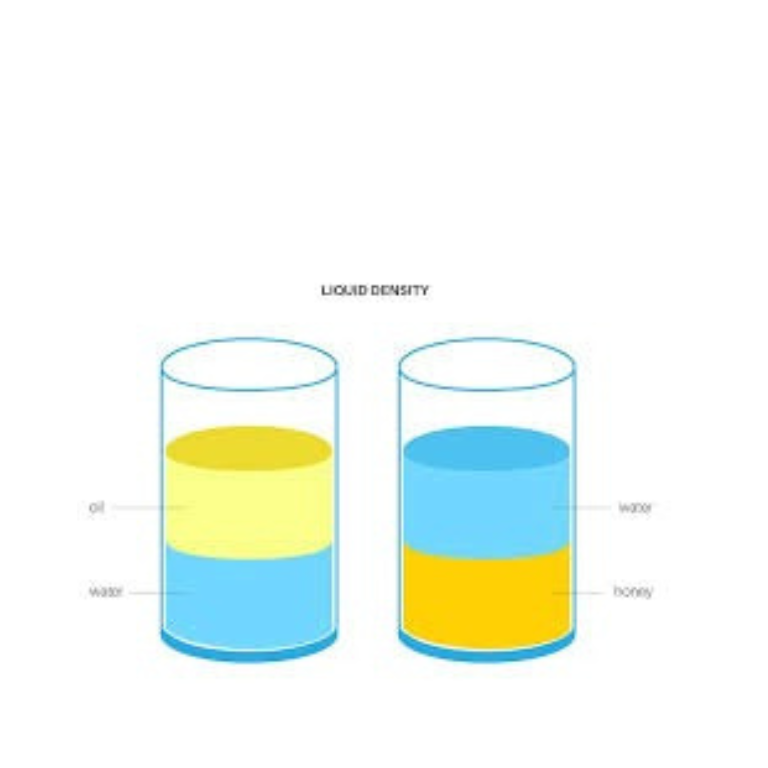Catalytic Decomposition
H₂O₂ with MnO₂
Simulate the catalytic decomposition of hydrogen peroxide using manganese dioxide. Observe the rapid production of oxygen gas when the catalyst is added.
Catalytic Decomposition Setup
Hydrogen Peroxide (H₂O₂) Solution
Oxygen Gas
Observation:
Click "Add MnO₂ Catalyst" to observe the decomposition of hydrogen peroxide.
The Science Behind Catalytic Decomposition
Chemical Reaction:
2H₂O₂(aq) → 2H₂O(l) + O₂(g) (with MnO₂ as catalyst)
Catalysis Mechanism:
- Step 1: MnO₂ provides an alternative reaction pathway with lower activation energy
- Step 2: H₂O₂ molecules adsorb onto the MnO₂ surface
- Step 3: O-O bond in H₂O₂ breaks more easily on the catalyst surface
- Step 4: Oxygen gas is released while MnO₂ remains unchanged
Key Components:
| Component | Role | Details |
|---|---|---|
| Hydrogen Peroxide | Reactant | Unstable compound that decomposes to water and oxygen |
| Manganese Dioxide | Catalyst | Speeds up reaction without being consumed (heterogeneous catalyst) |
| Oxygen Gas | Product | Collected in the gas syringe |
Catalyst Characteristics:
- Type: Heterogeneous catalyst (different phase from reactants)
- Surface Area: Powder form increases effectiveness
- Reusability: Can be filtered and reused
- Specificity: Works particularly well for peroxide decomposition
Real-World Applications:
- Oxygen generation in submarines and spacecraft
- Hydrogen peroxide sterilization processes
- Hair bleaching products (controlled oxygen release)
- Wastewater treatment (organic matter oxidation)
- Rocket propellants (monopropellant decomposition)


